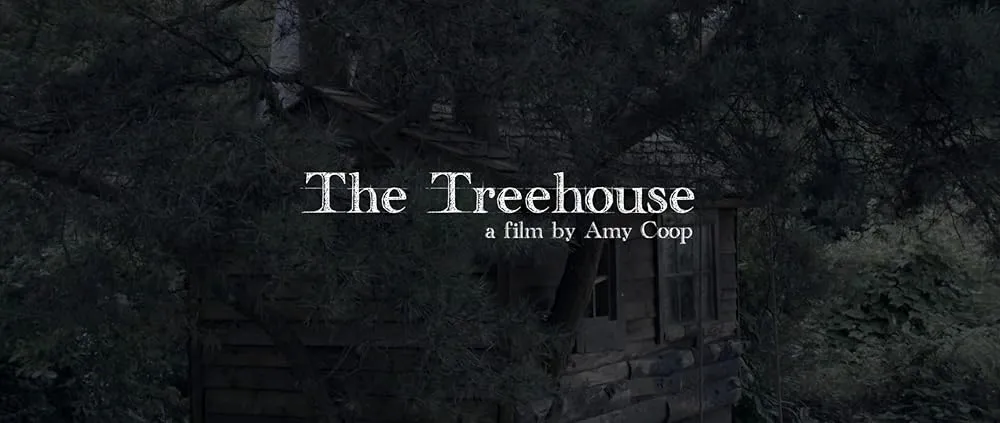She can see your guilt—but still must choose what’s right
The Shamer’s Daughter (2015) is a dark, immersive fantasy film from Denmark that dares to ask: what if your mind were no longer your own secret? Based on the bestselling novel by Lene Kaaberbøl, the story plunges into a medieval world of power, fear, and magic—where a single glance can expose your darkest shame. At its heart is a young girl gifted—and cursed—with the ability to see the guilt in others' souls, whether they speak the truth or not.
The story follows Dina, the daughter of Melussina, the kingdom’s feared “Shamer”—a woman with the supernatural power to compel confessions by looking into people's eyes. Though Dina has inherited this gift, she wants no part of it. Her childhood is marked by fear and isolation, as everyone around her either avoids her or uses her. But when the heir to the throne is accused of a brutal family murder, Dina is dragged into a royal conspiracy that threatens to shake the entire realm.

Rebecca Emilie Sattrup plays Dina with quiet intensity, capturing the vulnerability and inner strength of a girl who has never known what it means to be trusted. Maria Bonnevie is equally compelling as Melussina—a protective, weary woman bearing the burden of justice in a world that hates her for it. Their relationship is the film’s emotional anchor: mother and daughter, both feared for what they see, and both yearning to be seen for who they are.
Visually, The Shamer’s Daughter evokes a gritty, lived-in medieval world, with dark forests, stone castles, and flickering torches casting long shadows. The fantasy elements are understated but effective, woven into a story that’s less about dragons and more about human frailty. The real terror isn’t magic—it’s how power twists truth, and how guilt can be weaponized.
Unlike high fantasy epics that rely on spectacle, The Shamer’s Daughter is built on emotional tension and moral ambiguity. The ability to see guilt doesn’t mean understanding intent—and Dina soon learns that shame alone cannot judge a man. In a kingdom where fear controls justice, it’s not magic that saves the day, but courage and clarity.

Ultimately, The Shamer’s Daughter is a tale of finding identity in the face of rejection, of choosing to see with compassion when others only look with suspicion. It’s a story not about knowing all the answers—but daring to ask what’s behind the shame.



